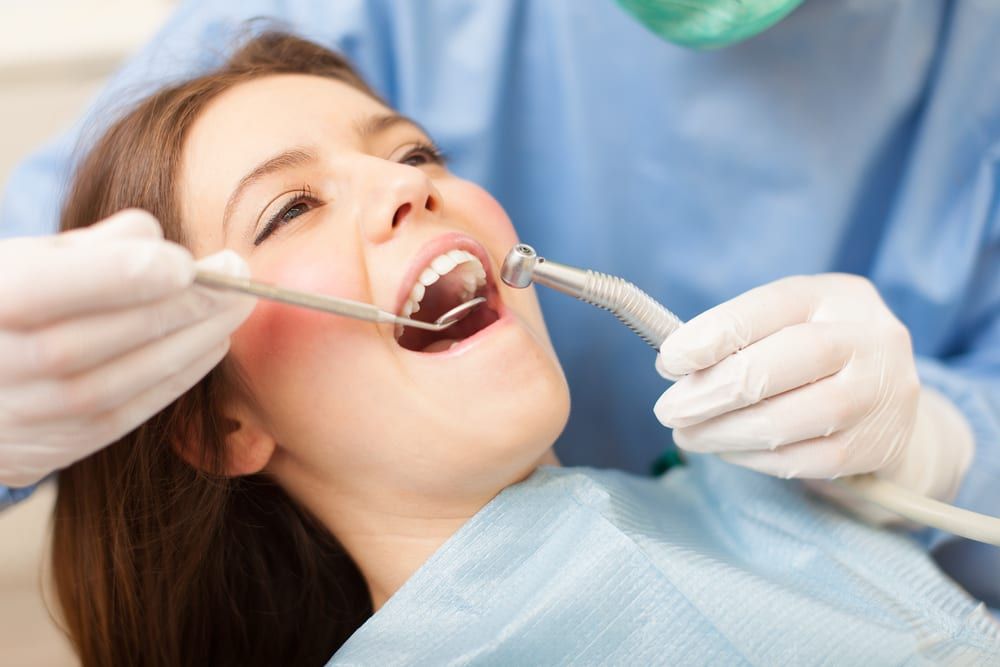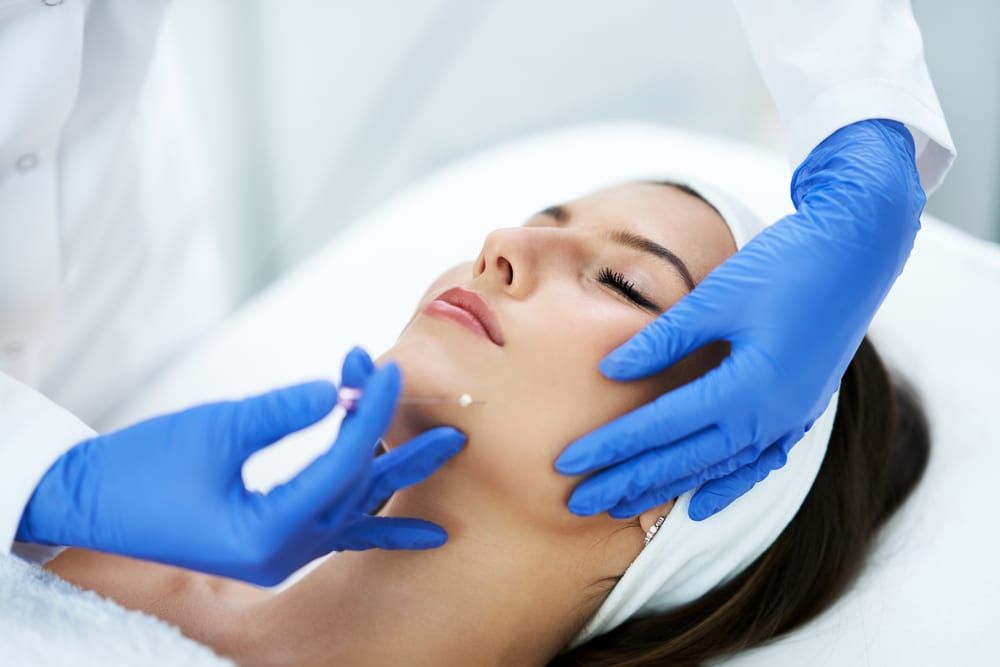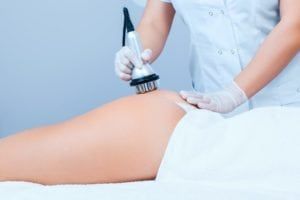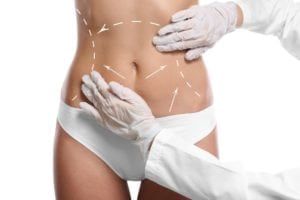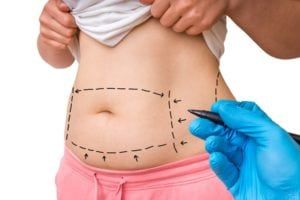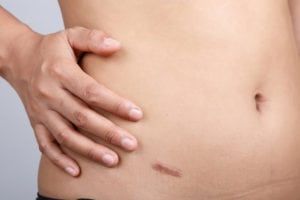Facial platelet rich plasma treatments are non-surgical face lifts capable of smoothing wrinkles, evening skin tone, and tightening facial tissues. These treatments involve injecting platelet rich plasma from a patient’s own blood into the delicate skin of the face. This helps to stimulate collagen production, helping the skin glow more luminously and appear more voluminous. Patients who undergo these treatments have the opportunity to age gracefully and subtly, avoiding harsh cosmetic treatments that appear unnatural and obvious.
Did you know…
Facial platelet rich plasma treatments are growing in popularity among adult men and women of all ages who want rapid aesthetic results with no down time. In fact, minimally invasive cosmetic procedures are at an all-time high, with the American Society for Aesthetic Plastic Surgery reporting that more than 8 in 10 total cosmetic procedures in America are non-surgical. Trends are showing that more and more patients are demanding a more natural approach to cosmetic treatment – and facial platelet rich plasma treatments deliver!
Frequently Asked Questions
Am I a candidate for a facial platelet rich plasma treatment?
You may be a candidate for a facial platelet rich plasma treatment if you want the results of a face lift without going under the knife. Call our office today to find out if this ground-breaking facial rejuvenation treatment is right for you.
What should I expect during a facial platelet rich plasma treatment?
Facial platelet rich plasma treatments are in-office procedures that take just minutes to complete. Your blood will be drawn and the platelets extracted using a centrifuge. Using a very tiny needle, the injection site on your face will be numbed and the platelets injected beneath the skin.
What types of results should I expect from this facial?
Results vary from patient to patient and are never guaranteed. However, many people who undergo platelet-rich plasma injections find that their skin is brighter, smoother, tighter and more rejuvenated soon after the treatment. Results typically continue to improve over the course of several weeks and may last a year or more.






